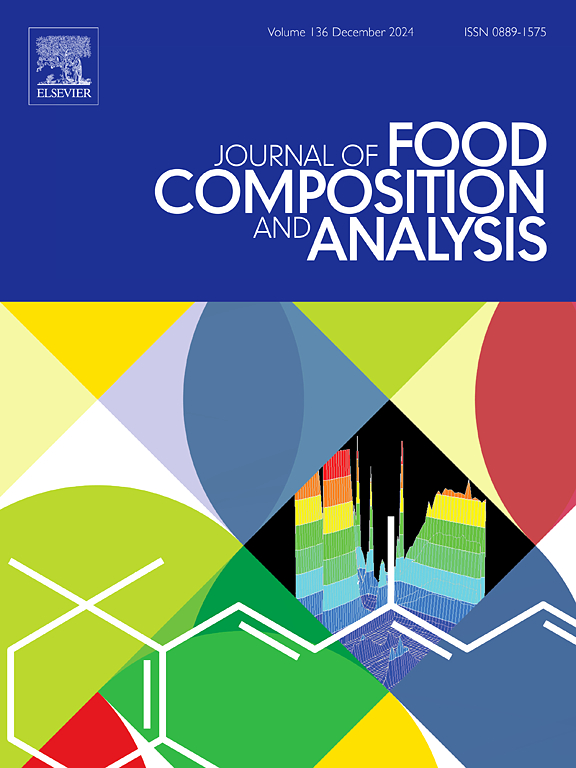Robustness of hyperspectral imaging in food analysis of thin surfaces: A case study using thin HAM products
IF 4
2区 农林科学
Q2 CHEMISTRY, APPLIED
引用次数: 0
Abstract
Hyperspectral Imaging (HSI) is an advanced remote sensing tool for rapid, non-destructive food analysis, where spectral information from a large area is acquired with applications for products with heterogeneous surfaces and distribution that are traditionally analysed with difficulty. The robustness of HSI acquired data, however, requires comprehensive exploration in the case of very thin food materials. This paper aims to examine the robustness of HSI measurements for thinly sliced food products using ham products as a model system. Three replicates of 1, 2, 3, 4, and 5 mm slices of a Spanish ham were analysed against two types of background using two HSI-NIR camera sensors (400–1000 and 900–1700 nm), in both their original form (3 - dimensional) and in their average spectra and pixel spectra (2 - dimensional). Several methods were used to analyse and visualise the HSI data structures: the average spectra were undergone statistical analysis for standard derivation (SD) value; Hyperspectral Imaging - Root Mean Square (HSI - RMS) values were calculated using pixel spectra to reveal the internal differences based on the state of the sample; Principal Component Analysis (PCA) and Self - Organising Map (SOM) were applied to the 3D form. When focusing on the average or pixel spectra, low-quality HSI data (thin ham samples) have broader variation of SD value for average spectra and HSI - RMS values for pixel spectra, showing that the HSI sensors simultaneously capture the information of the background together with the sample. Conversely, both SOM and PCA are a useful approach for maintaining the information of the original form, which allow further machine learning approaches and automation. Overall, this study shows the effectiveness of HSI in capturing chemical information of thin food surfaces while exploring measurement limitations related to the penetration depth and the background which can serve as a feasibility study on how to obtain more robust HSI data in the future.
求助全文
约1分钟内获得全文
求助全文
来源期刊

Journal of Food Composition and Analysis
工程技术-食品科技
CiteScore
6.20
自引率
11.60%
发文量
601
审稿时长
53 days
期刊介绍:
The Journal of Food Composition and Analysis publishes manuscripts on scientific aspects of data on the chemical composition of human foods, with particular emphasis on actual data on composition of foods; analytical methods; studies on the manipulation, storage, distribution and use of food composition data; and studies on the statistics, use and distribution of such data and data systems. The Journal''s basis is nutrient composition, with increasing emphasis on bioactive non-nutrient and anti-nutrient components. Papers must provide sufficient description of the food samples, analytical methods, quality control procedures and statistical treatments of the data to permit the end users of the food composition data to evaluate the appropriateness of such data in their projects.
The Journal does not publish papers on: microbiological compounds; sensory quality; aromatics/volatiles in food and wine; essential oils; organoleptic characteristics of food; physical properties; or clinical papers and pharmacology-related papers.
 求助内容:
求助内容: 应助结果提醒方式:
应助结果提醒方式:


